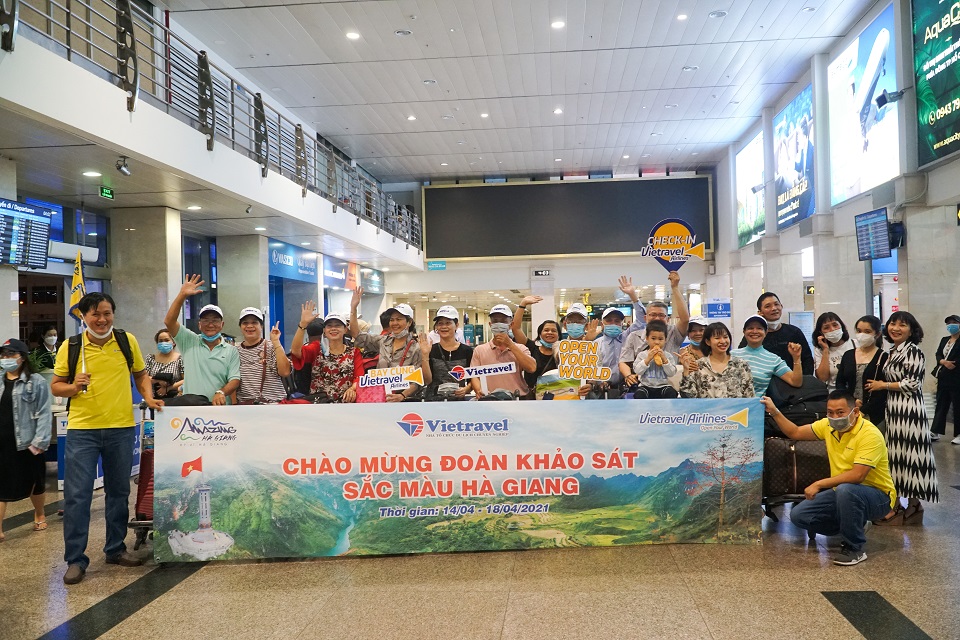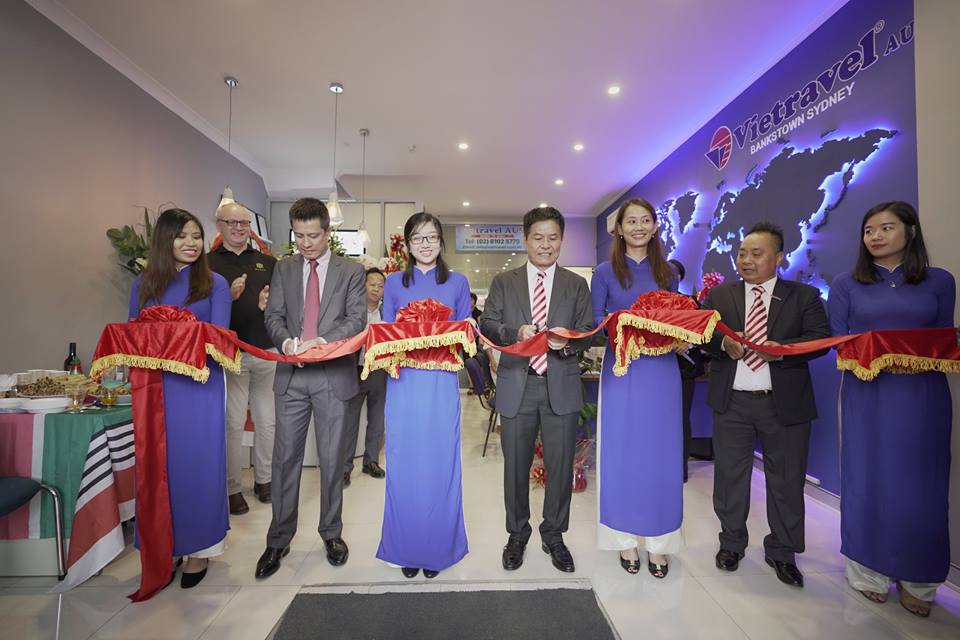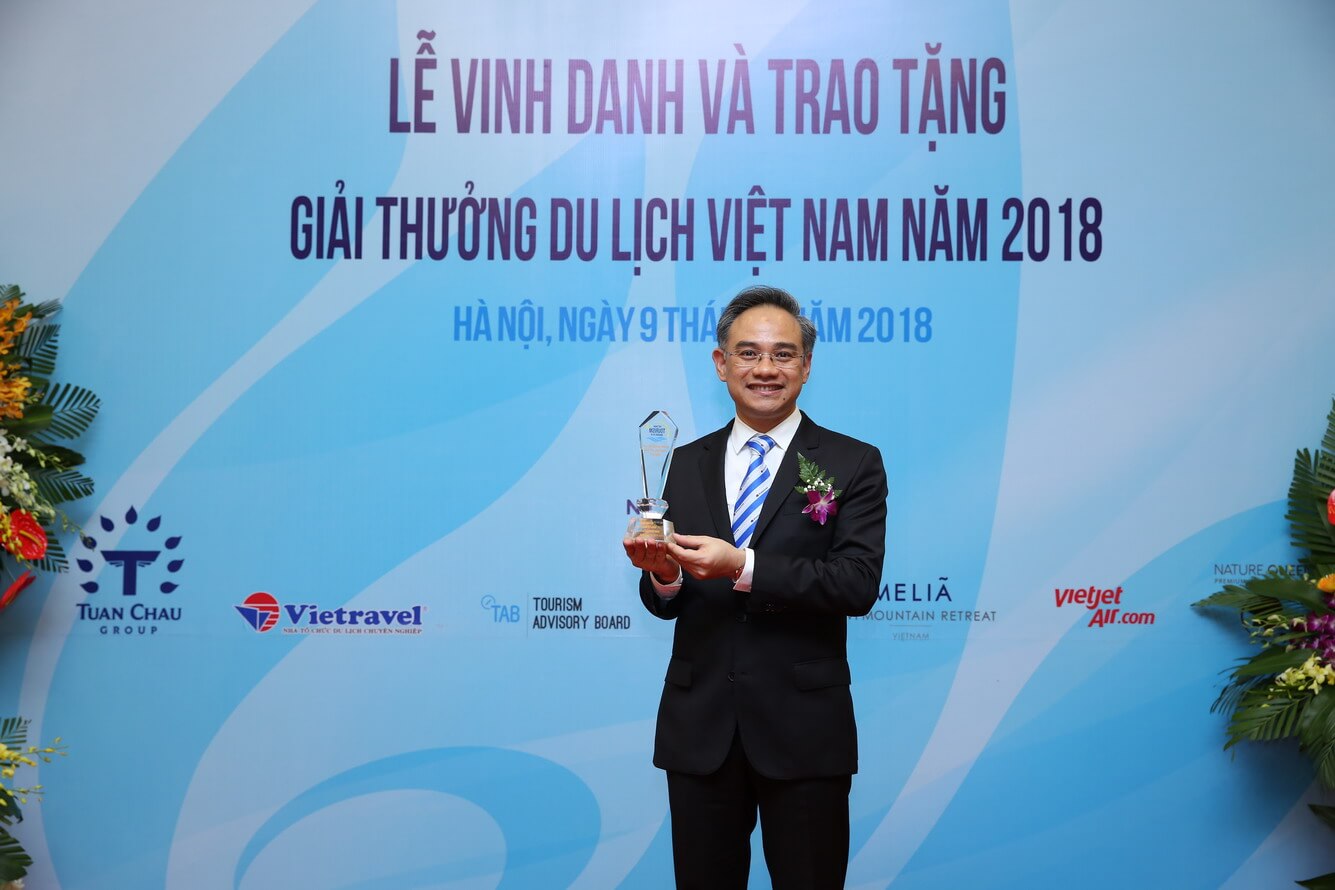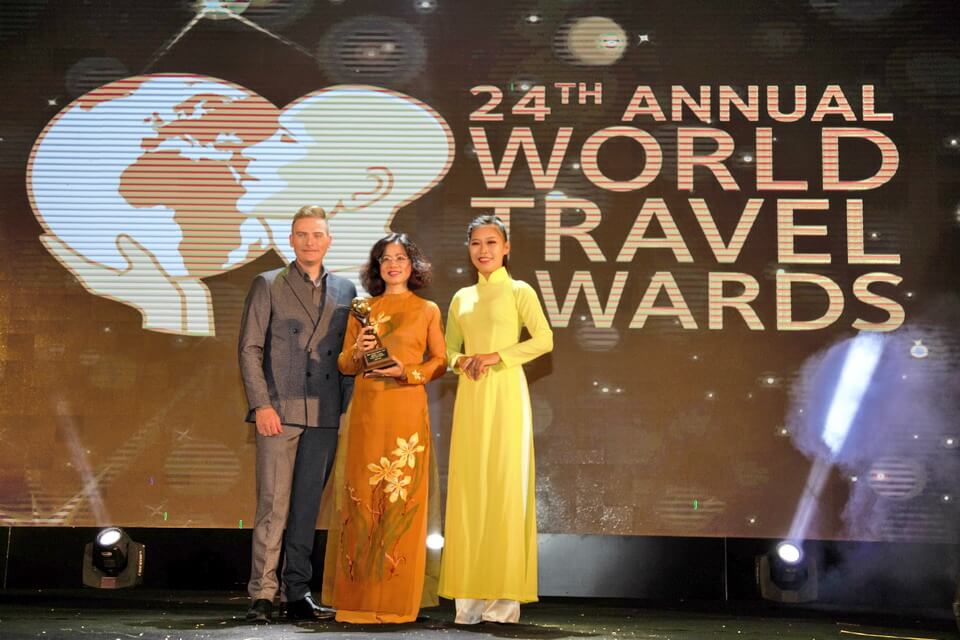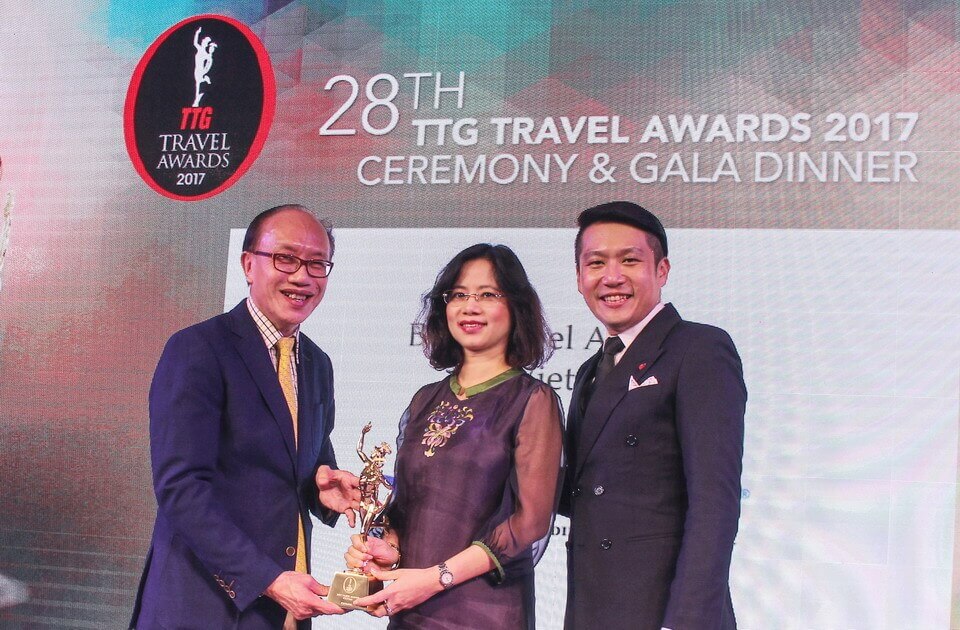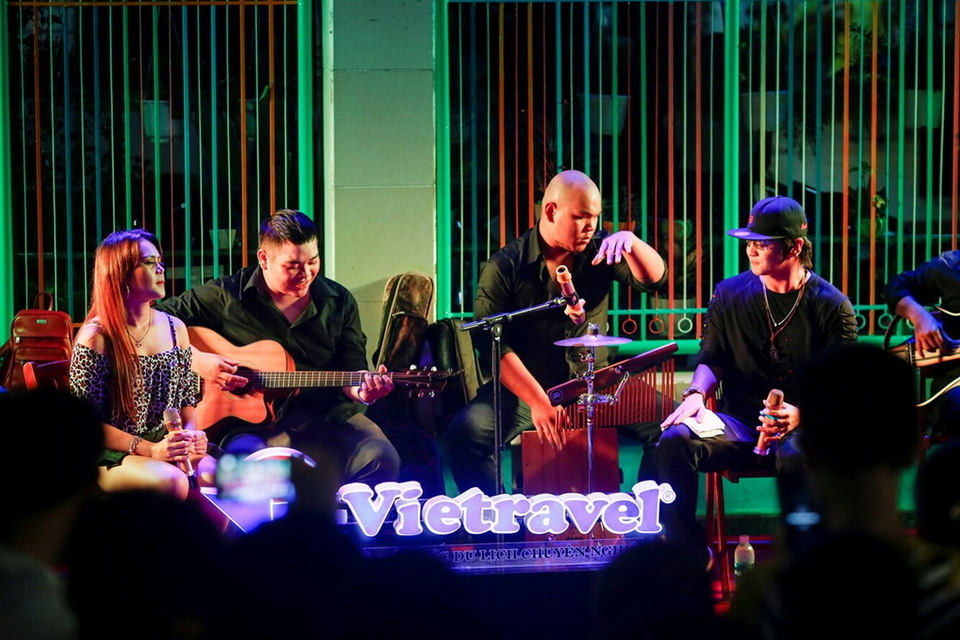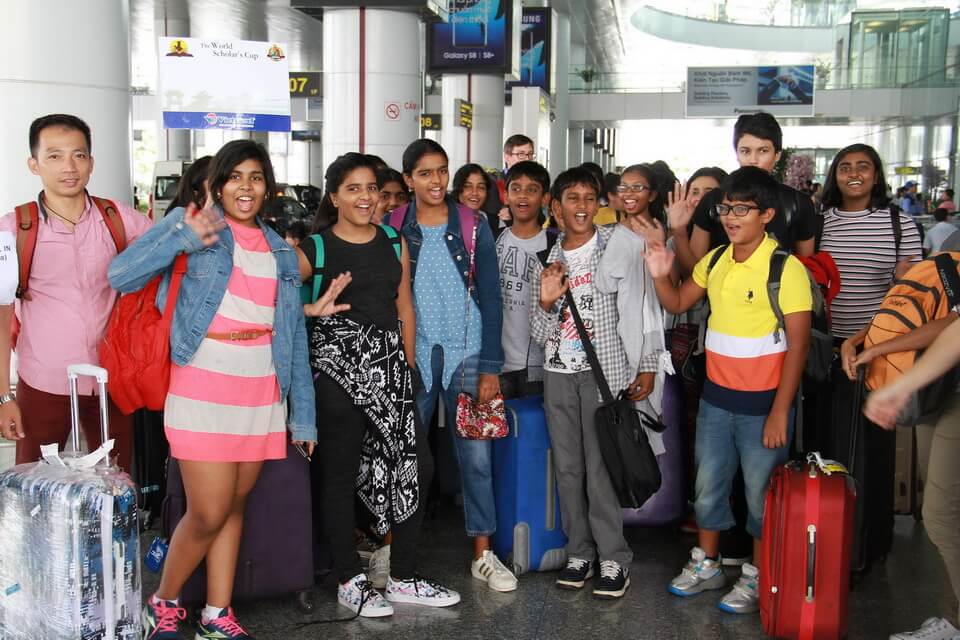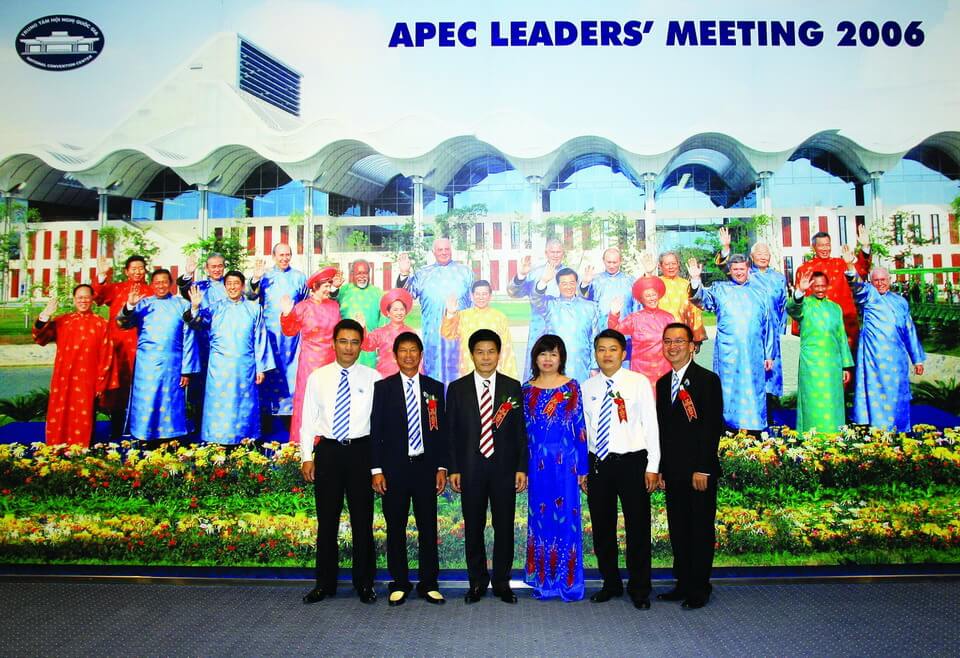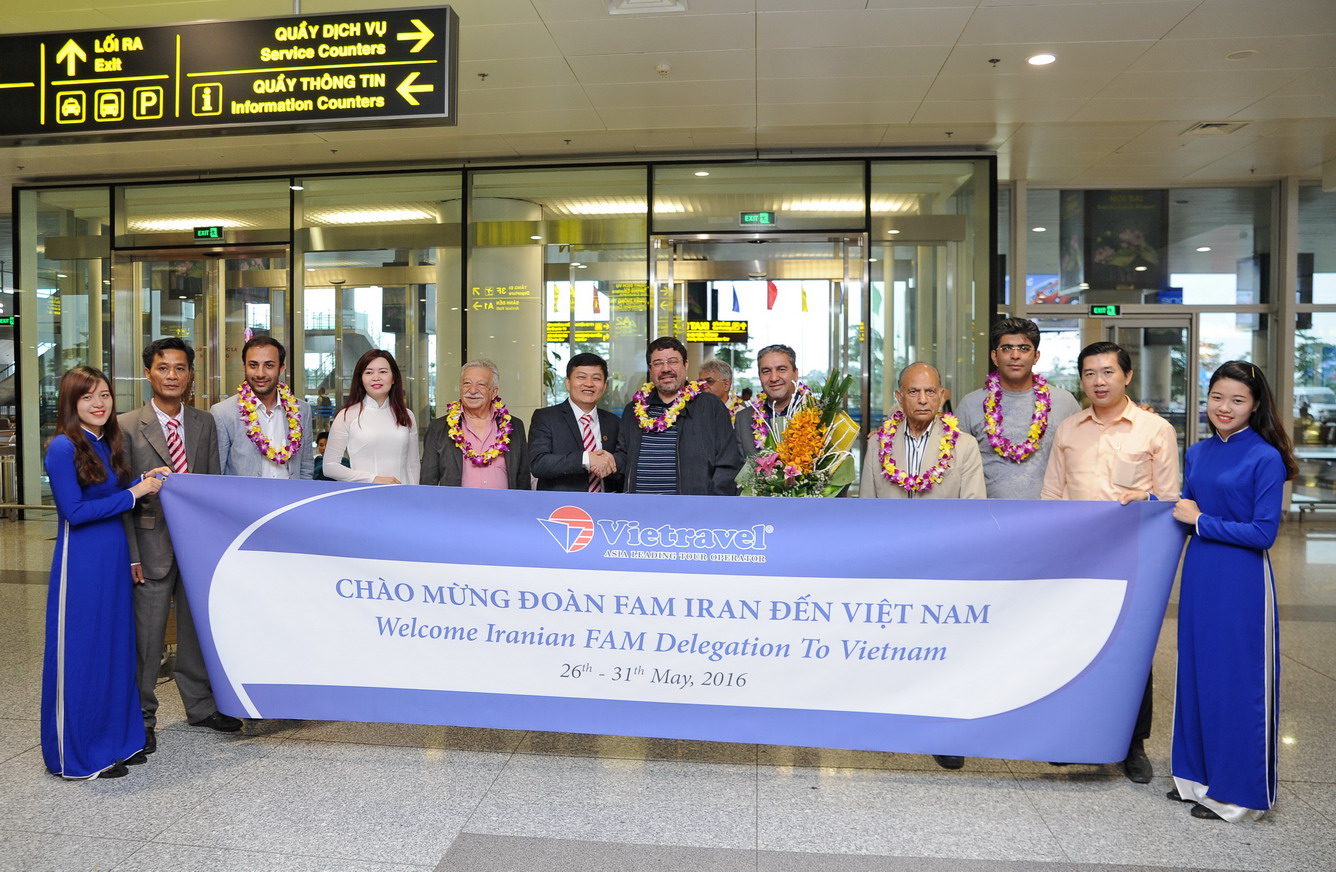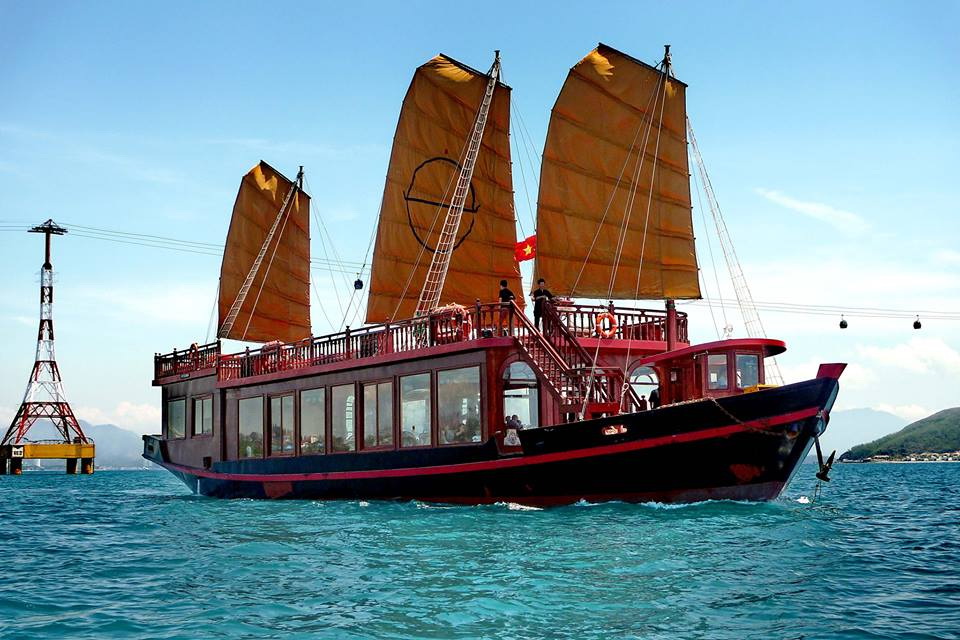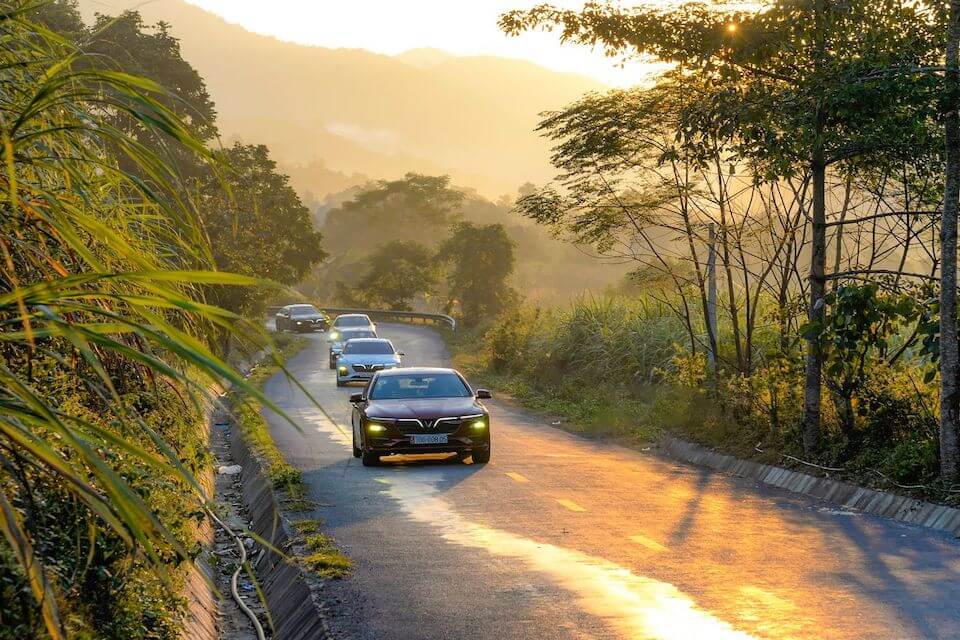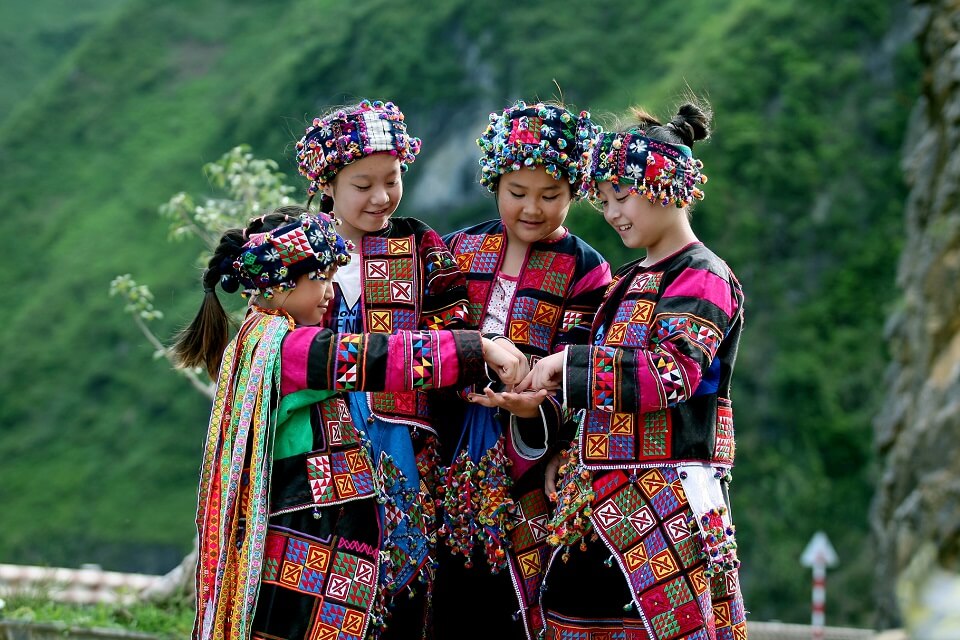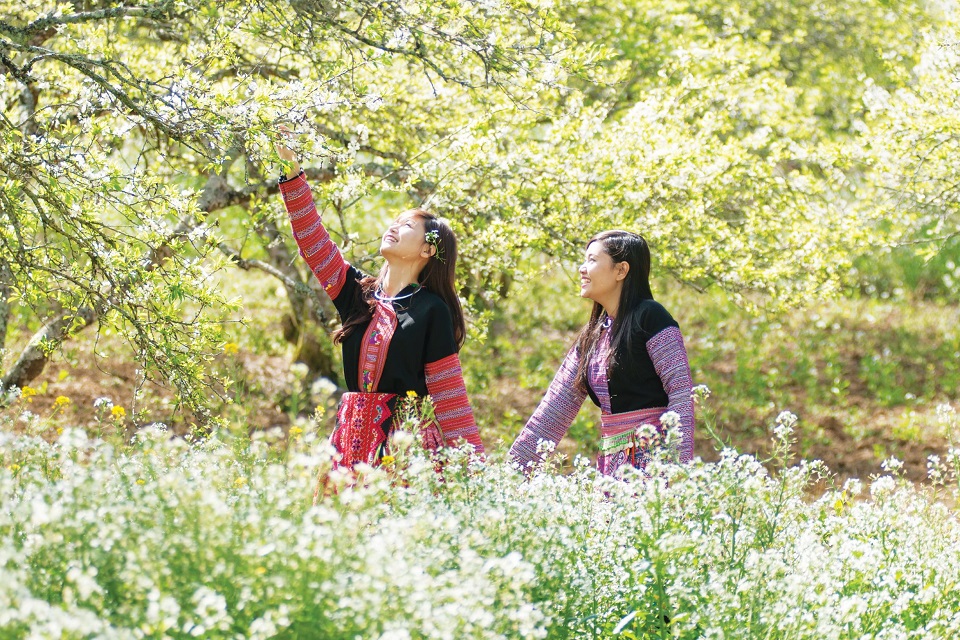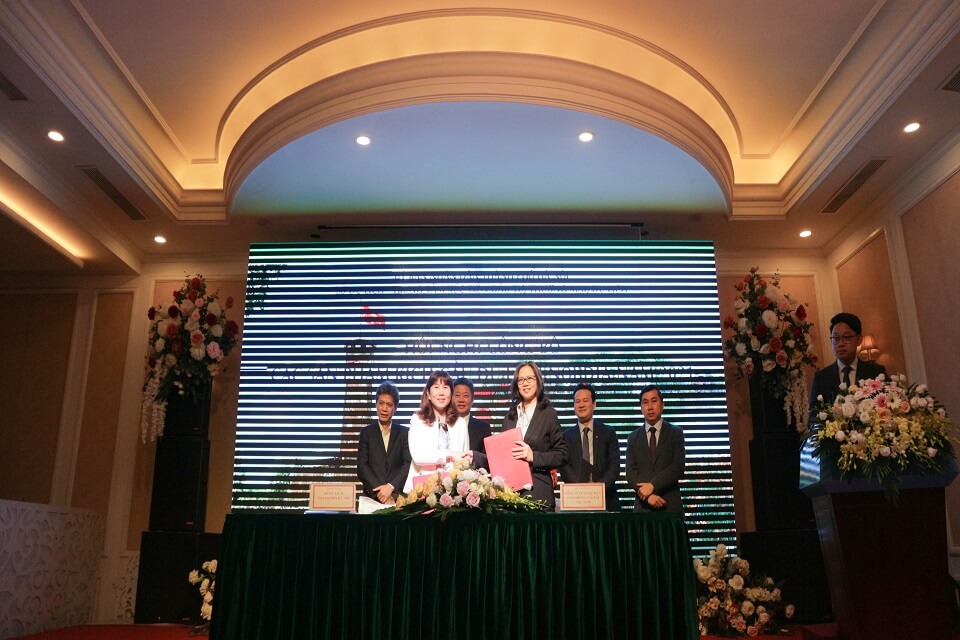The huge Buddha image, which sits in the stance of giving a blessing, is called Luangpho Yai, and is made of concrete and decorated with a golden mosaic. Even before reaching our destination, I could see this huge statue from a distance. On our arrival, we first visited the Luangpho Phae Museum, inside the temple compound, which shows the history of this revered Buddhist monk and his eight requisites of leading a pious life.
Opposite is the Buddha image in the posture of giving a blessing. The large prayer hall at the front is circled by a gallery where Buddha images in different postures are housed. There is also a sprawling park with a small lake and huge images of Hindu and Chinese gods, where visitors can meditate close to nature. The tranquility and peaceful ambience is most befitting for visitors who wish to make a pilgrimage to this enchanting temple.

The grounds of Wat Phikun Thong are also a popular spot for festivals. When we visited, the seasonal tropical fruit event was in full swing. A number of local residents, dressed in traditional garb, put on a range of activities to showcase their cultural traditions and dances. There were also fruit eating contests, and of course the opportunity to buy fruit from nearby farms.
Our next temple stop was Phra Non Chaksi Worawihan, a royal temple, which is about a 9km drive. Inside the prayer hall is a beautiful Sukhothai-style reclining Buddha image, which is more than 45m long and facing north.
Visitors from all walks of life can be seen praying and offering garlands and incense to the Buddha image, which looks down at them with loving tenderness. Also in the vicinity are two Buddha images - Phra Kan, a stone image, and Phra Kaeo, which sits in a cross-legged posture. History has it that they were constructed during the reign of Rama V, who decreed the statues be used as chief images at a ceremony where civil servants swear an oath of allegiance to the king.

We then visited Wat Na Phrathat, a less visited but historic spot in a remote farming community thought to have once been the old town of Sing Buri. Sitting among a large number of ruins is the main attraction of the temple, a phra prang (corn-shaped pagoda) which has figures of demons holding batons and garudas over the relic chamber. According to archaeological findings, this temple is thought to have been built before 14 AD. Walking through the ruins, one gets the impression that religion played a pivotal role in people's lives in those days. The temple is on a high rectangular mound. As you walk further, you will notice the size of the spacious prayer hall, which gives you some idea of how the temple-goers in those days must have filled the prayer room with religious offerings. To the east of the tall corn-shaped pagoda is a hall where a Buddha image was once enshrined, and to the west lies the ordination hall encircled by a number of smaller, round pagodas, of which only the bases remain.
After being spiritually enlightened, we decided to visit the local Sing Buri fresh market before heading back to Bangkok. In addition to fruit and vegetables, there is also an abundance of fish at this market, as three rivers - the Chao Phraya, the Noi and the Lop Buri - meet at Sing Buri. As well from enjoying Sing Buri's local culinary delights, don't forget to take time out to speak with local vendors, who are always ready for a chat.



(Sources: Bangkok Post)













